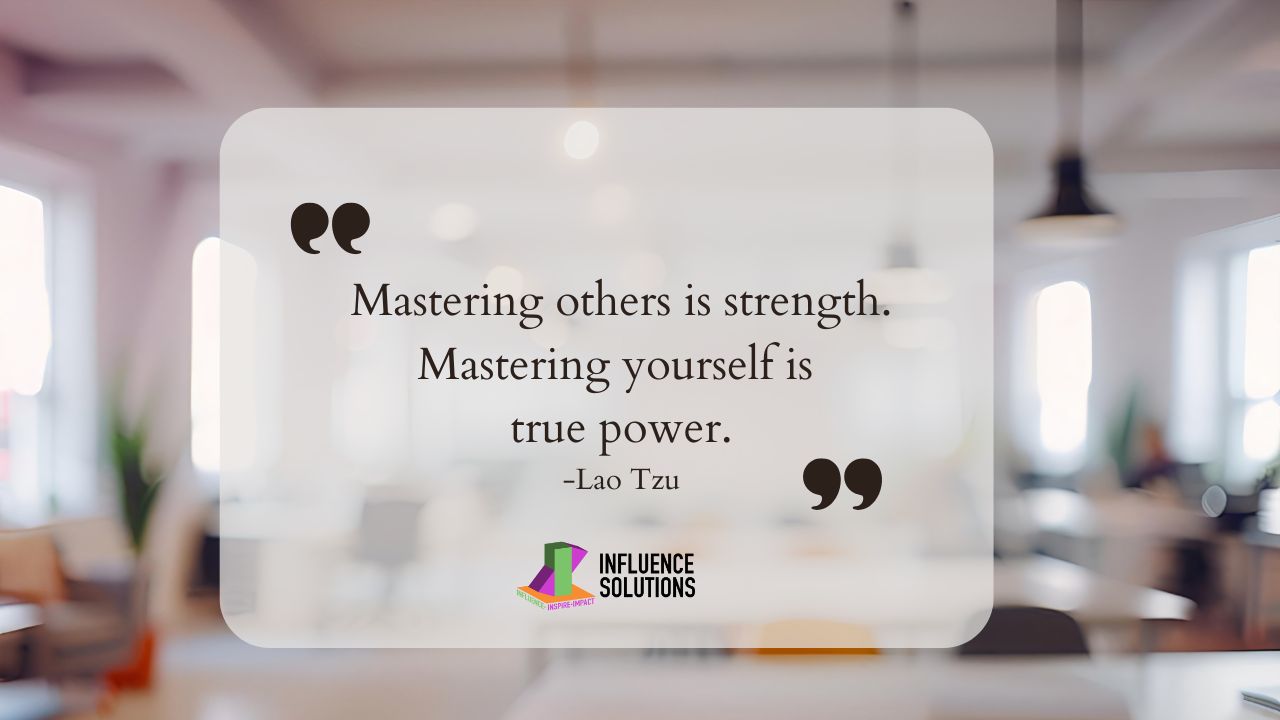Happy June!
To support you in being F.I.R.S.T. (Future-Ready. Innovative. Relevant. Strategic. Trusted.), here’s 1 tip and 1 quote.
The F.I.R.S.T. Tip
Multitasking feels productive, but in reality, it’s a major drain on performance. Research shows that shifting between tasks can reduce efficiency by up to 40% (American Psychological Association). Every time you switch focus—from emails to meetings to reports—it takes an average of 23 minutes to fully refocus. The result? Longer hours, more mistakes, and increased stress.
The smartest leaders don’t do more—they structure their time better to stay in deep focus longer.
Why Context Switching is Holding You Back
Think about your workday. How often are you juggling multiple projects, responding to messages mid-task, or jumping from one meeting to another? Each switch feels minor, but it adds up, leaving you mentally drained and less effective by the end of the day.
High-performing executives reduce unnecessary switching by batching similar tasks, setting clear focus blocks, and creating boundaries around their most important work.
How to Reduce Context Switching
- Time-Blocking – Assign specific times for deep work, emails, and meetings.
- Instead of constantly checking email, designate two to three times a day to respond in bulk.
- Schedule “focus sprints” for critical thinking work—90-minute blocks work best.
- Turn Off Non-Essential Notifications – Alerts disrupt focus and increase task-switching.
- Silence notifications during deep work sessions.
- Set expectations with your team—not all messages need an instant response.
- Theme Your Days – Dedicate specific days to certain types of work.
- Example: Mondays for strategy, Wednesdays for meetings, Fridays for execution.
- Grouping similar tasks reduces cognitive load and improves efficiency.
How Leaders Can Apply this Daily
- Limit “quick check-ins”—they often lead to distractions that derail focus.
- Use “Do Not Disturb” mode when working on high-priority projects.
- Batch similar meetings together to prevent constant mental switching.
The key to real productivity isn’t working harder – it’s designing your workday to minimize distractions and maximize deep focus.
The F.I.R.S.T. Quote







